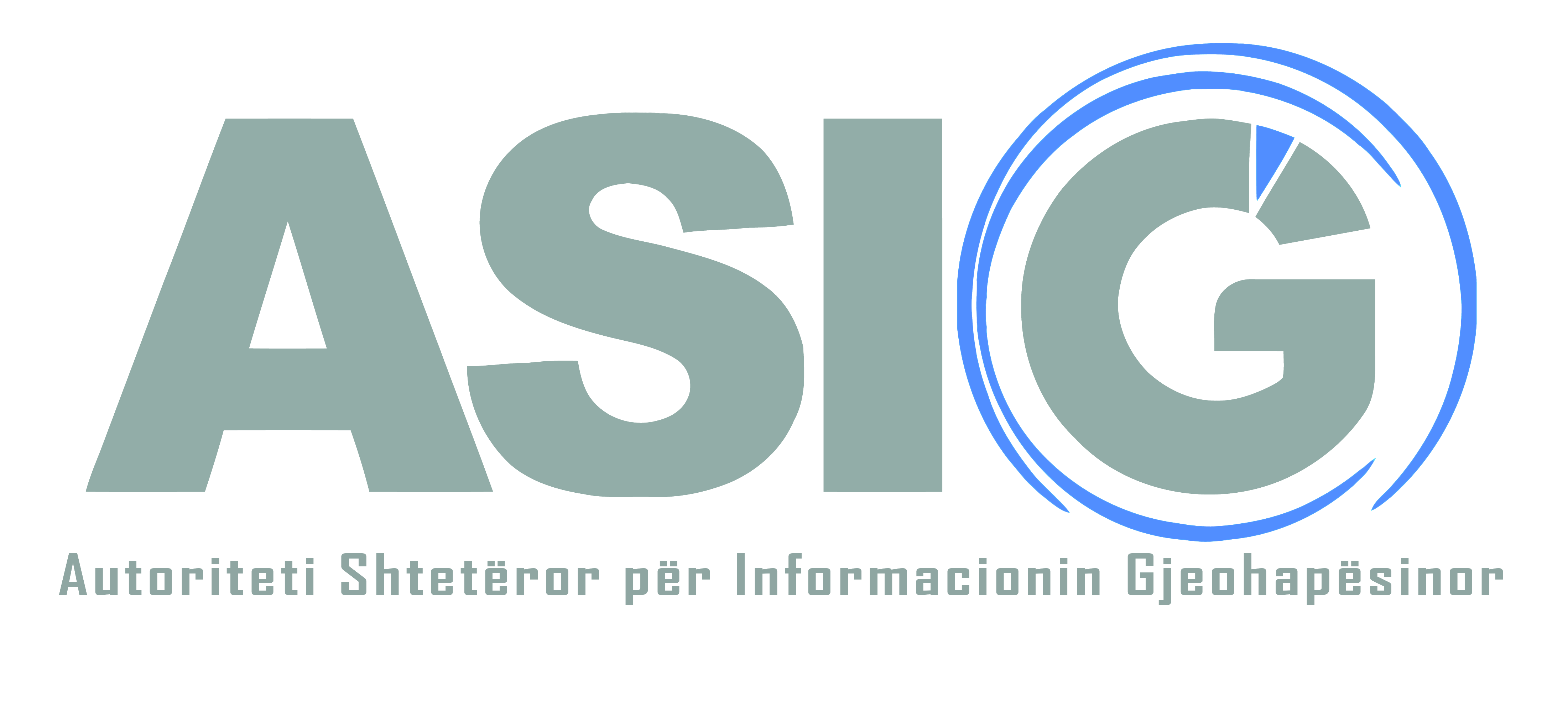INSPIRE (Infrastructure for Spatial Information in the European) is an initiative launched, developed and approved by the European Union, on March 14, 2007, in cooperation with the member states.
The INSPIRE Directive aims to provide an integrated spatial information service to users. This service should enable the user to identify and use geospatial or geographic information from different sources, from the local level to the global level, in an interactive manner, and enable use by an unlimited number of users.
By means of this directive, it is required to make the relevant geographic data accessible, creating a basis for the gradual implementation of the harmonized geospatial data structure, with the aim of formulation, implementation, monitoring and evaluation during the decision-making process at EU level. of.
The INSPIRE Directive aims to create a European Union Geospatial Data Infrastructure (SDI) for the purposes of EU environmental policies or activities that may have an impact on the environment. This infrastructure will enable the sharing of environmental geospatial information between public sector organisations, facilitate public access to geospatial information across Europe and assist policy-making across borders.
The need for the “INSPIRE” directive appeared mainly due to the undefined situation of the rules related to geospatial data in Europe.
The state of geospatial data in Europe was characterized by the following:
- Distribution and lack of availability of appropriate data;
- Lack of harmonization between data of different geographical scales;
- Excessive expenses;
- Inadequate use of standards (incompatible data, information systems, data sharing and overlap);
- Lack of coordination between administrative levels that are responsible for creating geospatial data;
- Lack of adequate data;
- Restrictions regarding data distribution (copyright, data access, taxes, etc.).
The factors mentioned above hinder the identification, access and use of existing data.
INSPIRE is an interesting model for developing not only technological infrastructure, but also common practices and working methods, through cooperation and partnership.
The geospatial data infrastructure through the INSPIRE directive is oriented and follows the principles:
- Data must be collected once (from a single source) and kept at the level where it can be stored in the most effective way;
- The combination of geospatial data from different European sources should be active and distributed between users and applications;
- Information should be collected at the government level and shared among all other levels;
- The geospatial data necessary for efficient administration should not be made available, only if their use is limited to a certain extent;
- It is necessary to enable easy access to the available geospatial data, assessment of whether they are suitable for use and achievement of goals, along with easing the conditions for their further use;
- Geospatial data should be easy to understand and interpret as they will be combined in an appropriate way, allowing visualization in certain contexts, tailored to the user.
The set of geospatial data in the context of the Directive must be in a digital form, be the property of public authorities and related to one or some of the topics which are presented in the annexes below.
Geospatial data, defined according to the INSPIRE Directive:
Annex I
- Coordinate reference system,
- Geographical grit systems,
- Geographical names,
- Administrative units,
- Addresses,
- Cadastral parcels,
- Transport networks,
- Hydrography,
- Protected sites.
Annex II
- Elevation,
- Land cover,
- Orthoimagery,
Annex III
- Agricultural and aquaculture facilities,
- Atmospheric conditions,
- Buildings,
- Environmental monitoring facilities,
- Human health and safety,
- Atmospheric conditions,
- Area management / restriction / regulation zones & reporting units,
- Population distribution and demography,
- Seas reagions,
- Species distribution,
- Utility and governmental services,
- Protected site,
- Bio-geographical regions,
- Energy resources,
- Habitats and biotopes,
- Land use,
- Mineral resources.
- Oceanographic geographical features,
- Production and industrial infrastructure,
- Soil,
- Statistical units.
The INSPIRE directive, rules, data specifications and other documents can be found at the link: https://knowledge-base.inspire.ec.europa.eu/index_en
